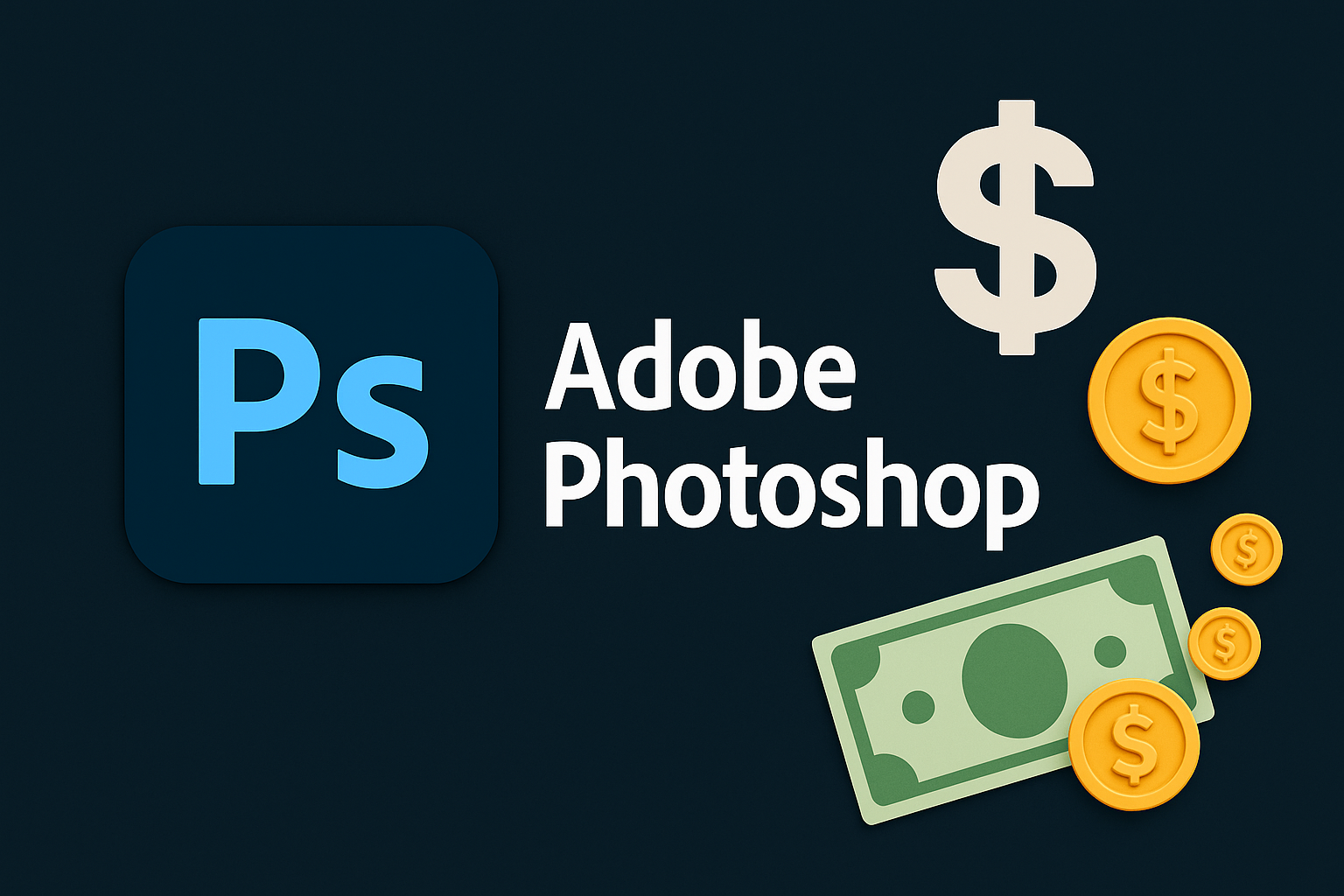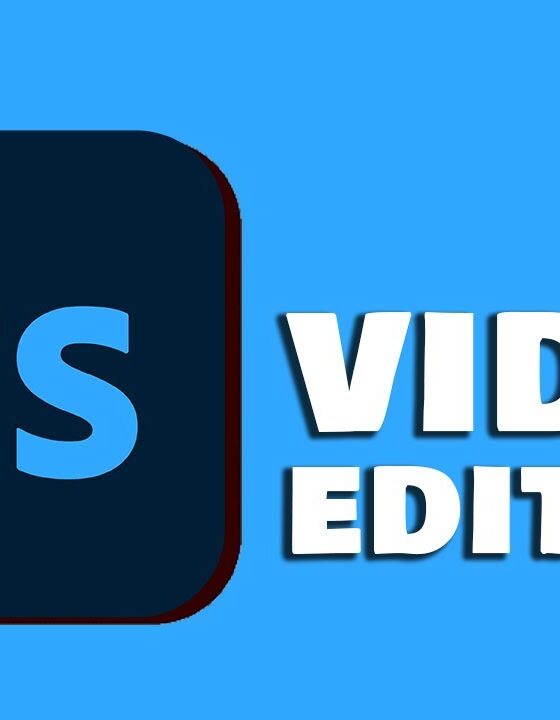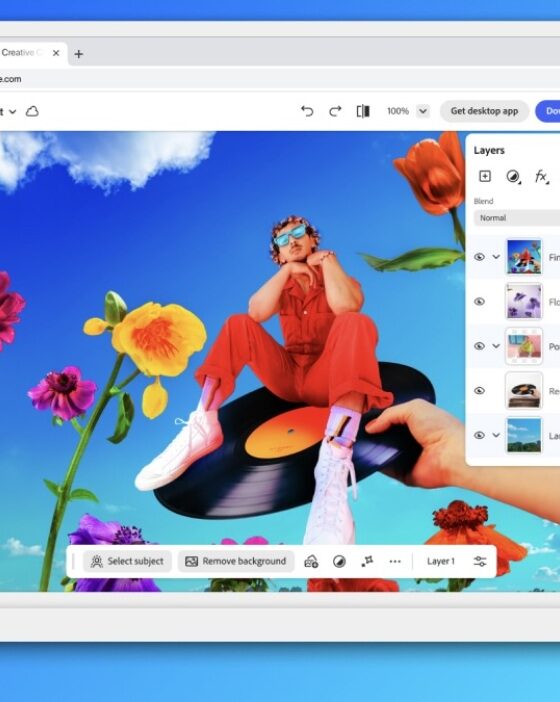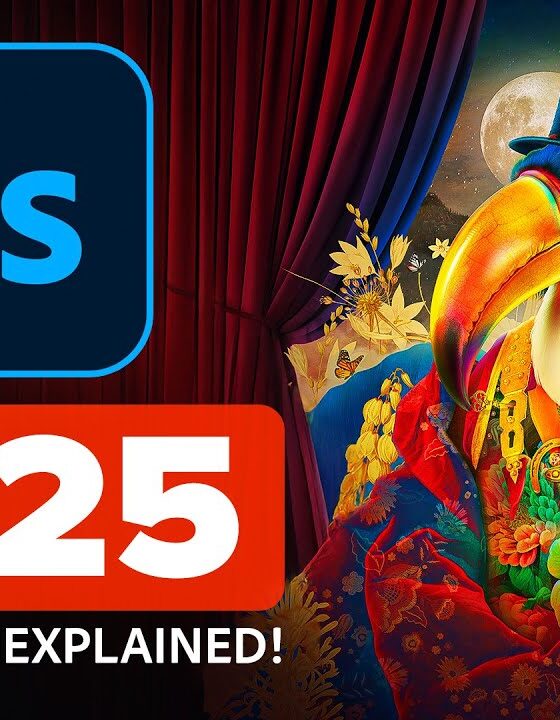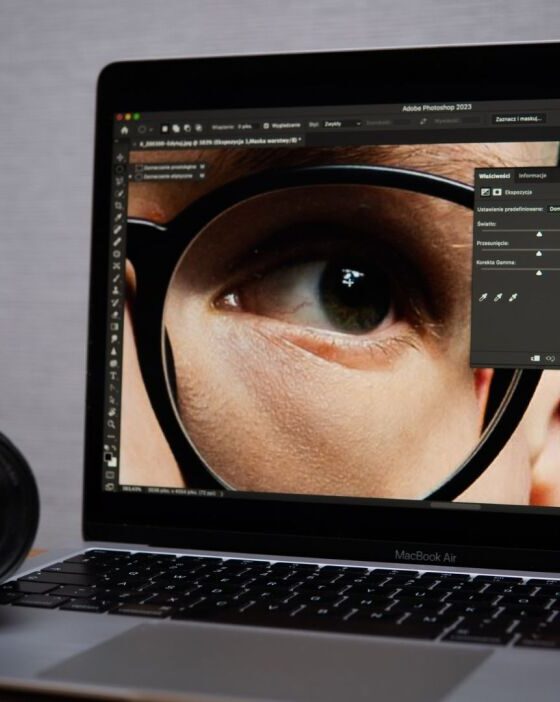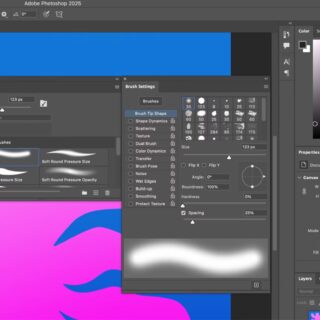Adobe Photoshop’s New AI Assistant: Big Changes After Adobe MAX 2025
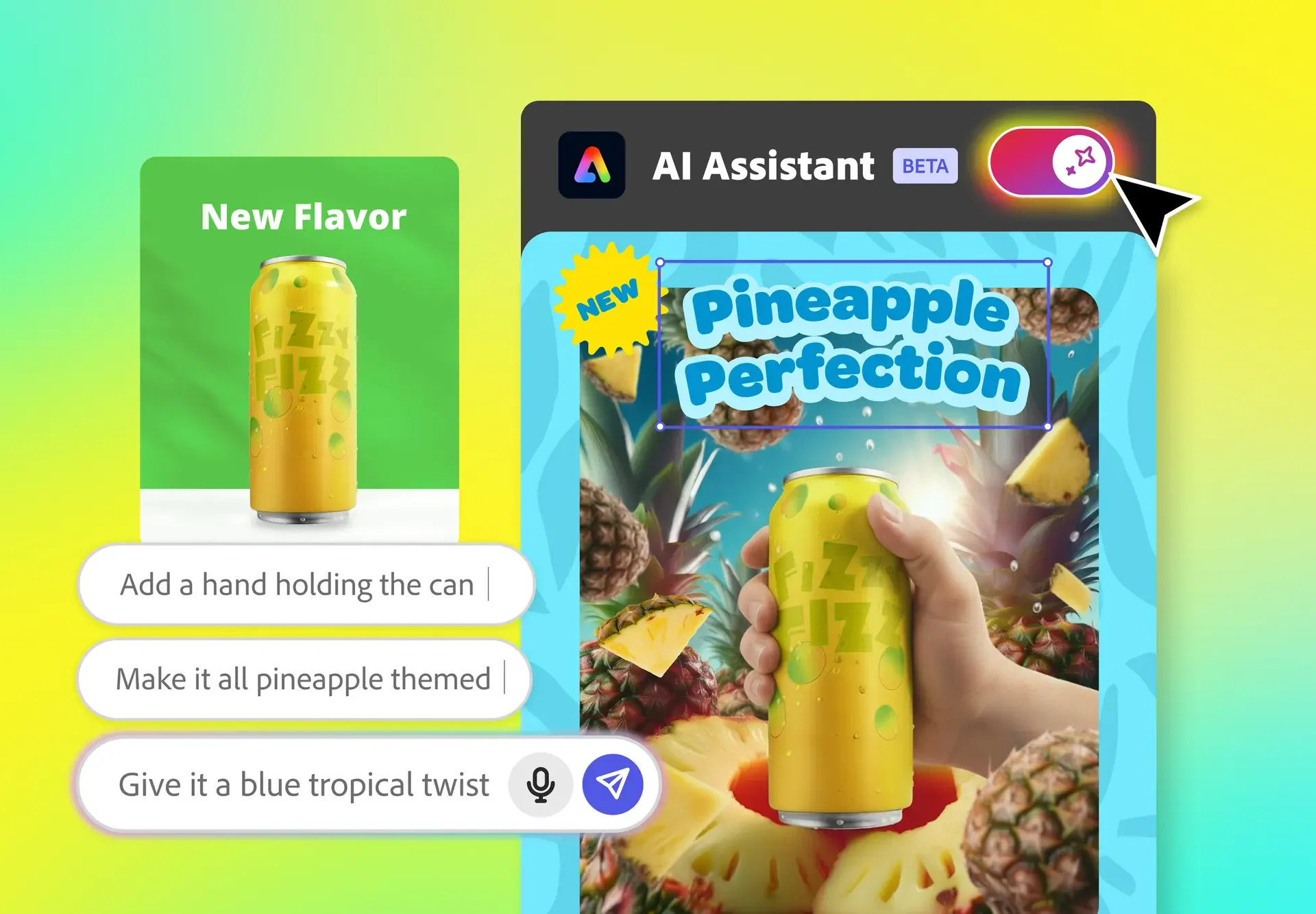
If you’ve ever felt stuck clicking the same sequence of buttons in Adobe Photoshop to remove an object, match lighting, or prep ideas for social media, you’ll be glad to know that things are changing. At Adobe MAX 2025 (held October 28-30 in Los Angeles), Adobe introduced a major upgrade to Photoshop: a brand-new AI Assistant – along with a host of other generative-AI features.
This article breaks down what the assistant does, how it changes the workflow, and what it means for you as a creator (yes – you’re still in control, and yes – the AI won’t replace your coffee breaks).
What’s New: The AI Assistant and Its Crew
Here are the headline features that Adobe announced:
The AI Assistant in Photoshop
- Photoshop now includes a conversational, agentic AI Assistant. That means you can tell it what you want rather than clicking through menus. For example: “Change the sky to sunset colours, keep the foreground subject in focus, and harmonise lighting to match the evening.”
- It automates repetitive tasks (renaming layers, organising assets, applying presets) and it offers personalised recommendations based on your style and prior work.
- You can switch between the assistant interface and manual tools (sliders, brushes) as you see fit – so the AI doesn’t take over, it assists.
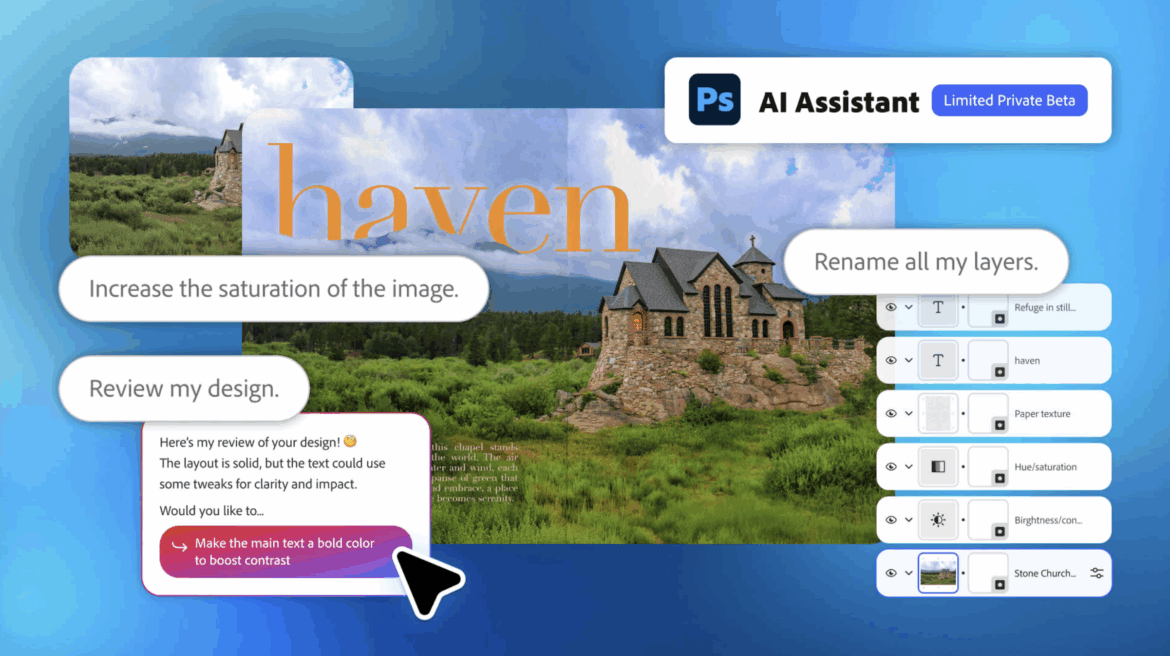
Expanded Generative-AI Tools
- Generative Fill+: Now you can choose partner AI models inside Photoshop – Google’s Gemini 2.5 Flash Image (also known as Nano Banana), Black Forest Labs’ FLUX.1 Kontext, along with Adobe’s own Firefly models.
- Generative Upscale: Thanks to Topaz Labs integration, you can upscale small or cropped images into high-resolution (e.g., 4K) versions with realistic detail.
- “Harmonize”: This new tool matches objects, people, or backgrounds into new scenes by automatically adjusting light, color, and tone for seamless integration.
Strategic Vision: Project Moonlight
- Adobe also previewed Project Moonlight: an agentic AI that connects across multiple apps (Photoshop, Premiere, Express, Firefly) and even your social-media channels. Moonlight’s goal: help you move from idea → asset → campaign more fluidly.
- It’s still in private beta, but it hints at Adobe’s future where your apps “talk” to each other and AI keeps track of your style, assets, and intent.
How This Changes Workflow for Photoshop Users
With the new AI Assistant, you no longer need to dig through menus to get the look you want. Instead of hunting for lighting tools or color-adjustment panels, you can simply describe what you need in plain language – “make this look like golden hour” – and Photoshop handles the initial setup while you refine the final touches. It removes the friction between your idea and the tools required to execute it.
Routine, repetitive editing also becomes far less painful. Tasks like batch renaming layers, applying consistent presets, or preparing multiple export versions can now be automated intelligently, and the assistant even adapts to your style over time. For anyone dealing with product images, social-media assets or repeated content types, this shift significantly reduces the tedium.
Another meaningful change is the freedom to choose between different AI models inside Photoshop. Whether you prefer Adobe’s Firefly or a partner model like Google Gemini 2.5 Flash, you get a wider creative palette without leaving the app. Combined with the assistant’s growing understanding of your workflow, editing starts to feel more fluid – less about finding the right tool and more about shaping the idea.
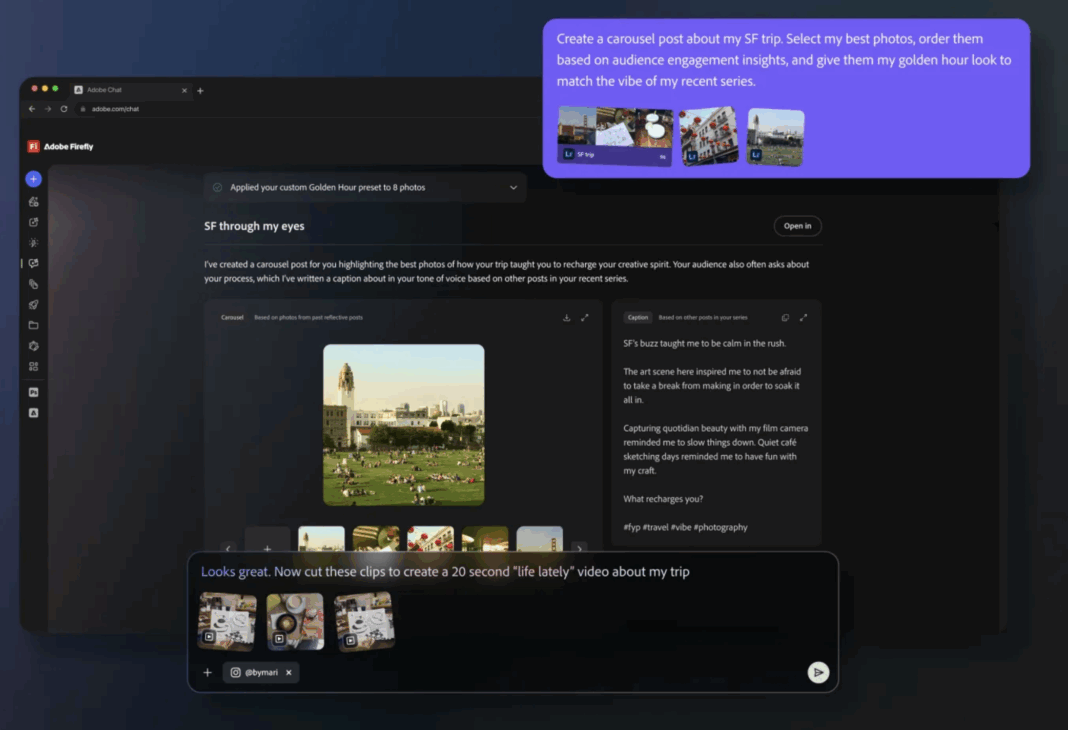
Things to Watch / Consider Before You Dive In
Even with powerful changes, there are some caveats:
- The AI Assistant is currently in private beta for Photoshop – expect limited availability initially.
- Since partner models (Gemini, FLUX.1) are integrated, you may need to check licensing or subscription for those specific options, depending on your Creative Cloud plan.
- While the assistant helps automate tasks, manual control remains – and you’ll want to take time to review AI edits (AI can suggest well, but you’re still the creative director).
- Computer performance: Generative upscaling, running multiple models and large resolutions demand robust hardware – expect longer render times on older machines.
- Ethics & creative ownership: With partner models and generative fills, keep an eye on how your workflow uses generated content (e.g., rights, commercial use). The assistant doesn’t replace best practices.
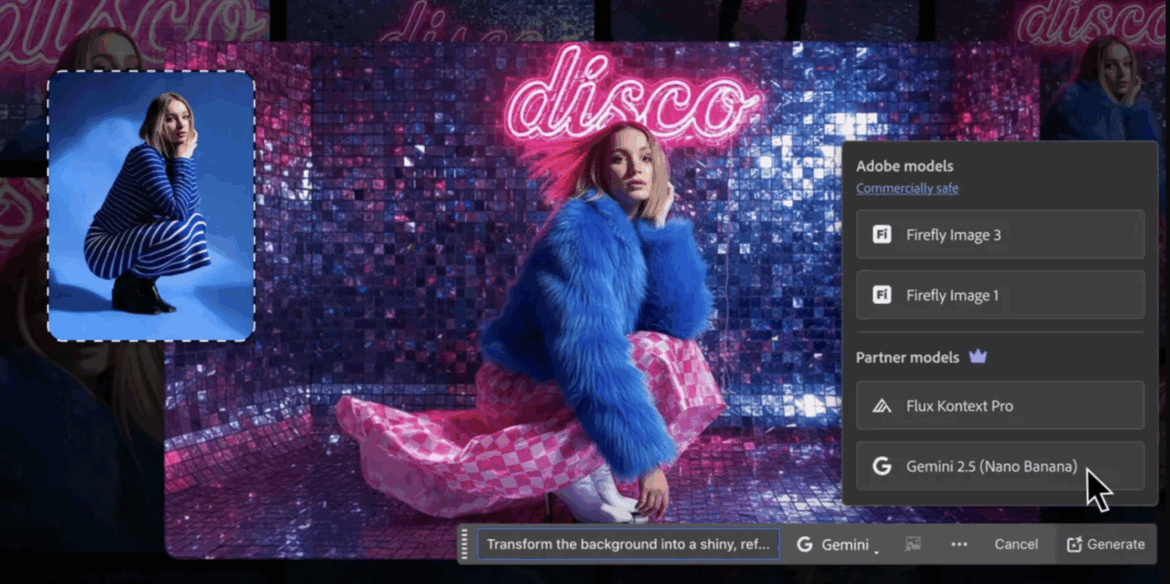
Sample Workflow: From Vision to Output in Minutes
Here’s a simplified 6-step workflow using the new features:
- Import a photo into Photoshop (say, an indoor portrait you want to repurpose for a luxury travel campaign).
- Tell the AI Assistant: “Replace the background with a tropical beach at sunset, warm lighting on subject, keep original subject’s expression, upscale final to 4K.”
- The assistant applies a partner model for generative fill, integrates Topaz upscale, and presents you with a draft.
- You switch to manual mode: adjust skin tones, fine-tune shadows, tweak contrast.
- You ask the assistant: “Create three variations: one minimal, one vintage film, one high-contrast fashion.” The assistant creates Layer-based variants.
- Export the three images and optionally send them to Express/Firefly via Project Moonlight (or Apple another connected app) for social-media templating.
Why This Matters Right Now
Adobe has clearly positioned AI not as a gimmick, but as workflow infrastructure. The announcements at MAX 2025 reflect the shifting role of creative tools: less “click this button” and more “tell me your idea, I’ll build a version”. According to Adobe’s press release, “with AI that gives creative professionals more power, precision and control–creative content demand is rising globally.”
For Photoshop users, this means: you can expect less tedium and more time for real creative decisions. If you’ve been waiting for the app to catch up to your concept speed, that time is now.
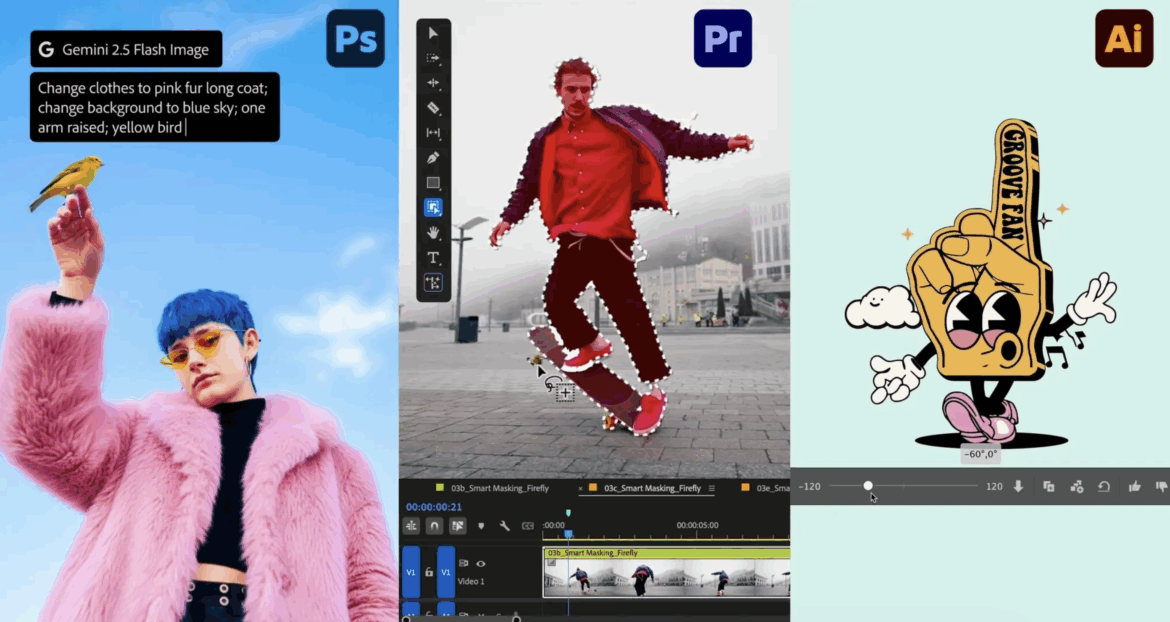
Final Takeaway
If Photoshop ever felt like you were chasing menus instead of ideas, the new AI Assistant from Adobe MAX 2025 changes the game. It’s not replacing your artistry – it’s giving you a co-pilot that listens, automates the boring bits, and remembers your style. Install the update when you can, join the beta if possible, and let your brain focus on vision instead of tool hunting.
The future of Photoshop is less clicking, more creating – and yes, still drinking your coffee while you edit.


